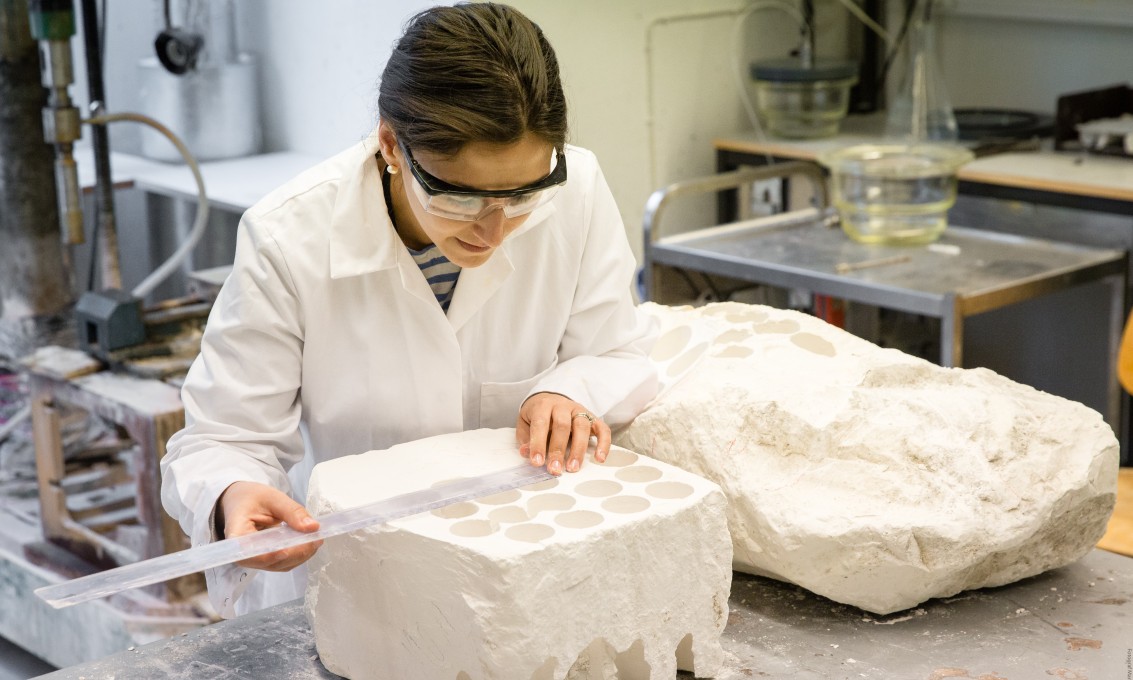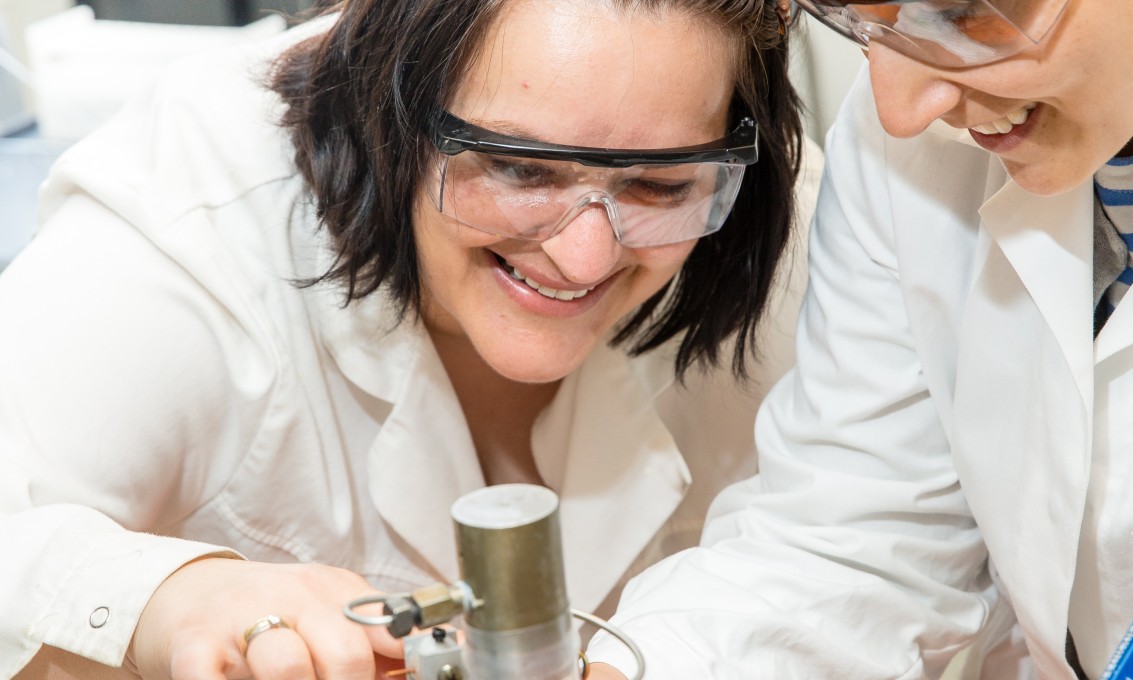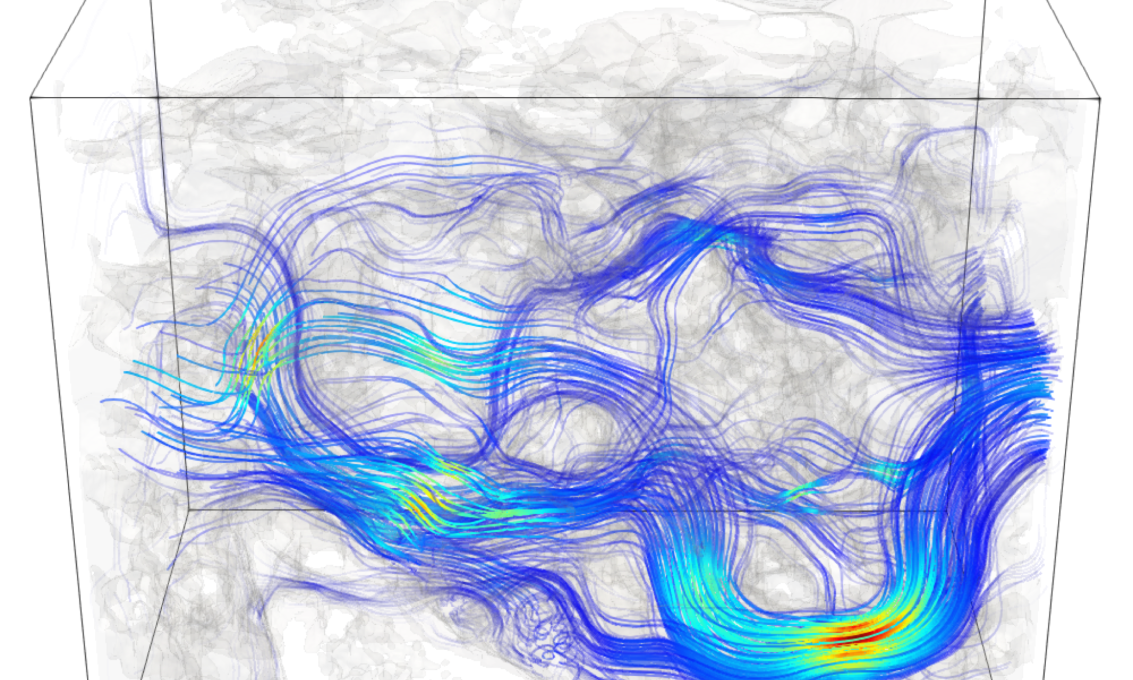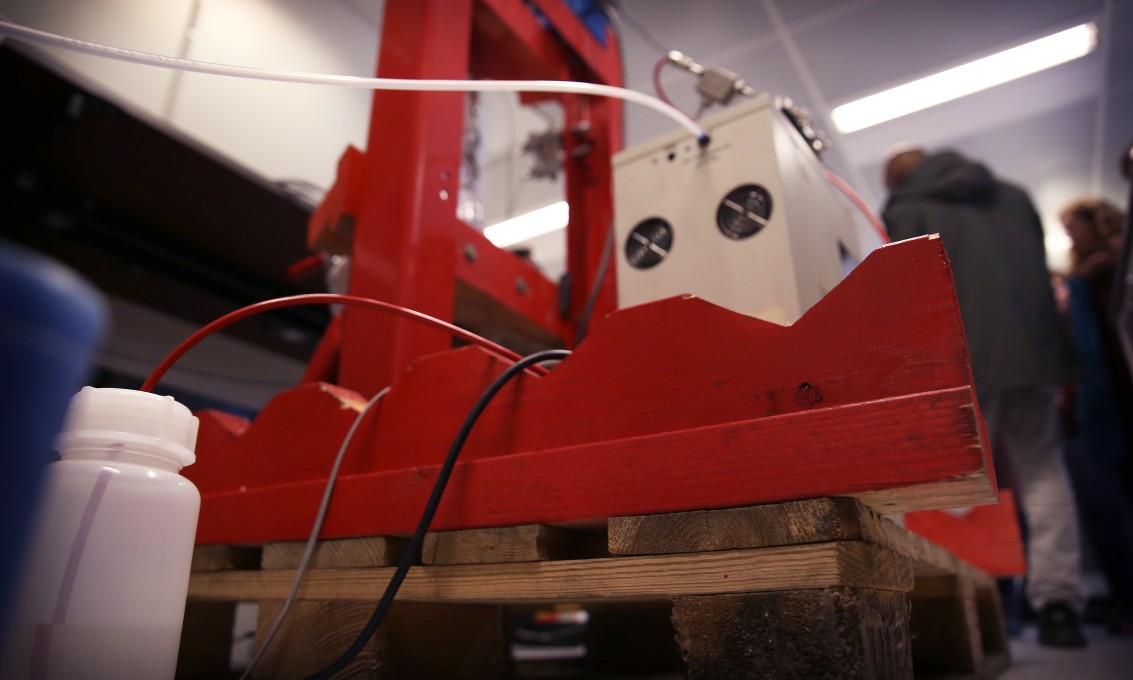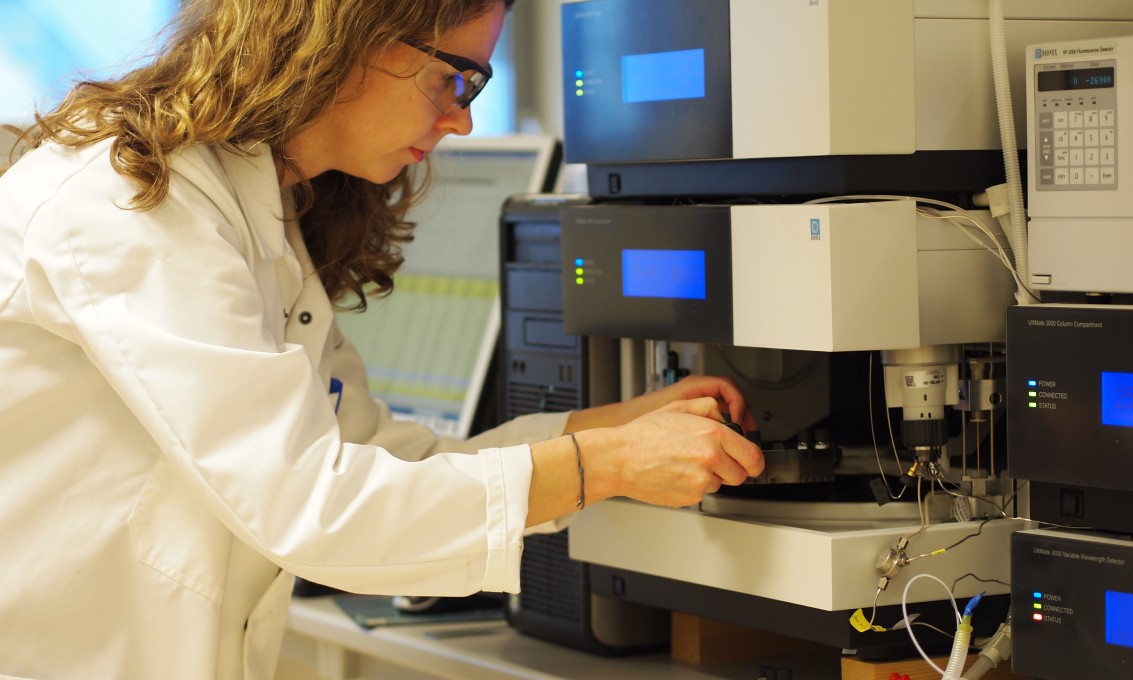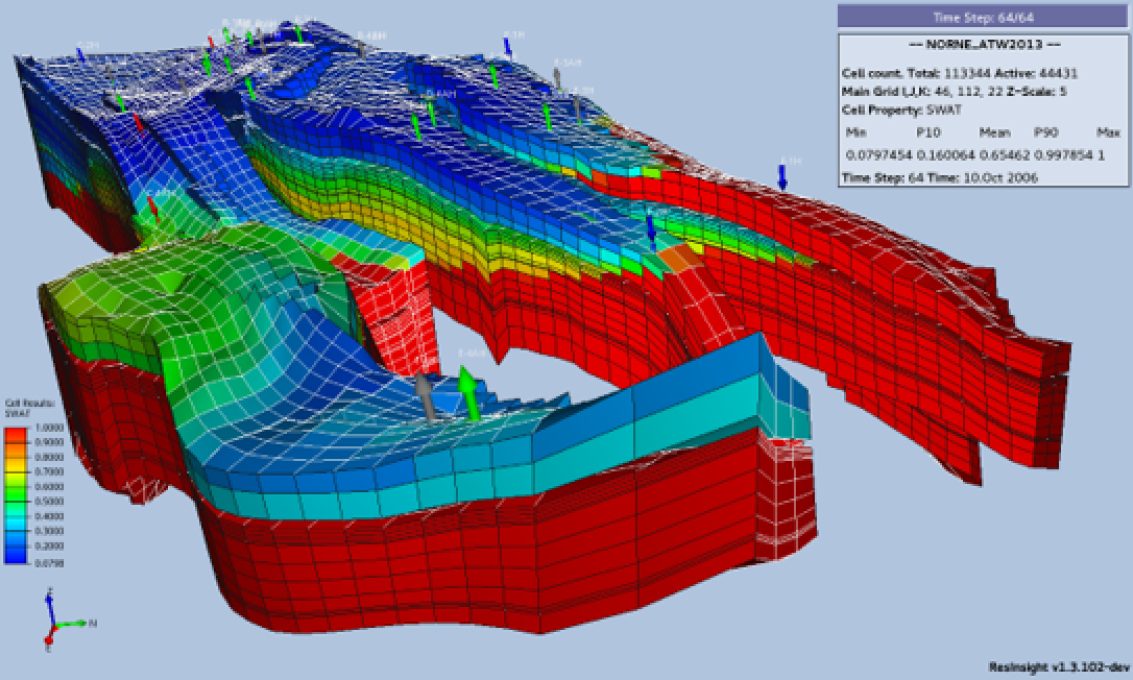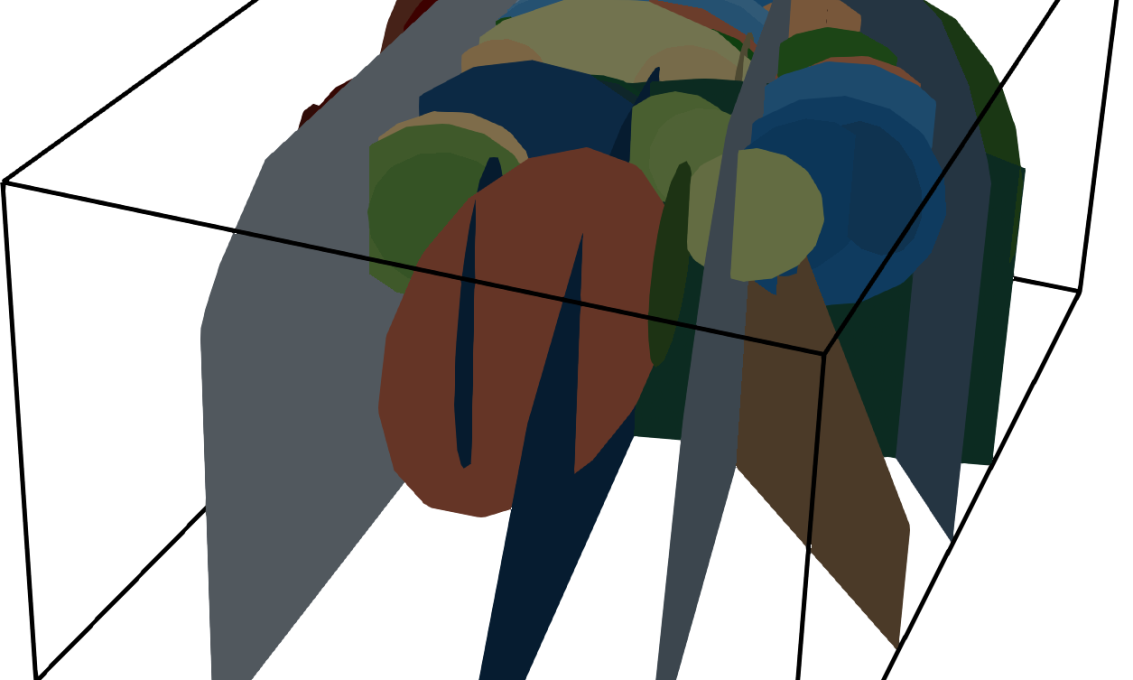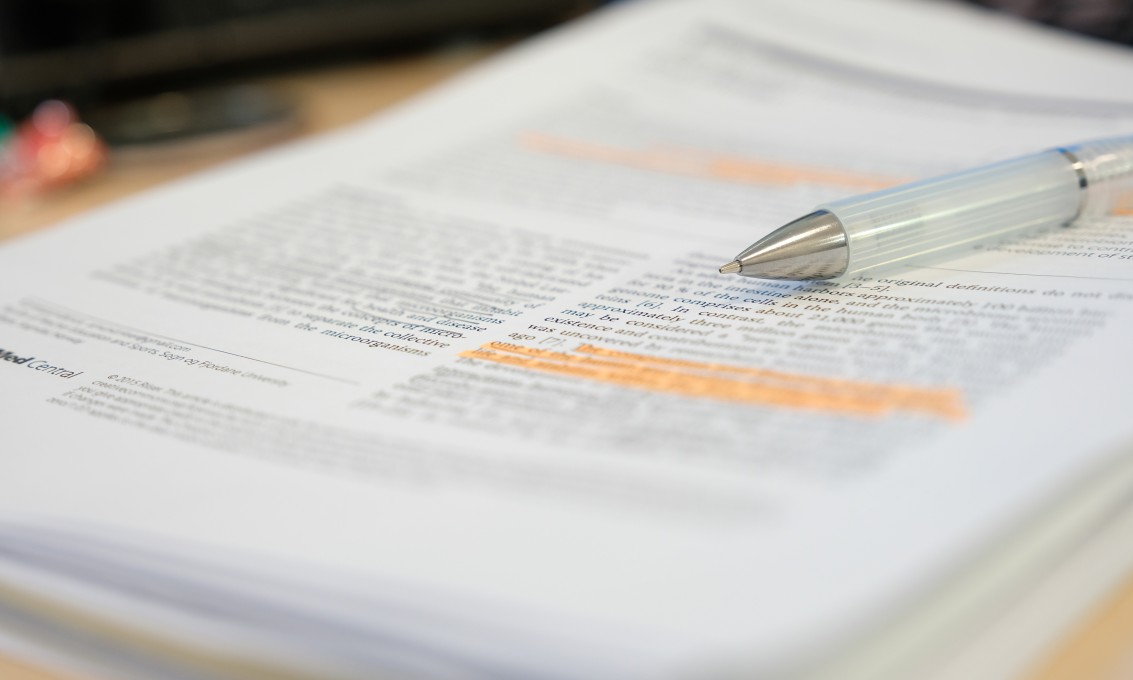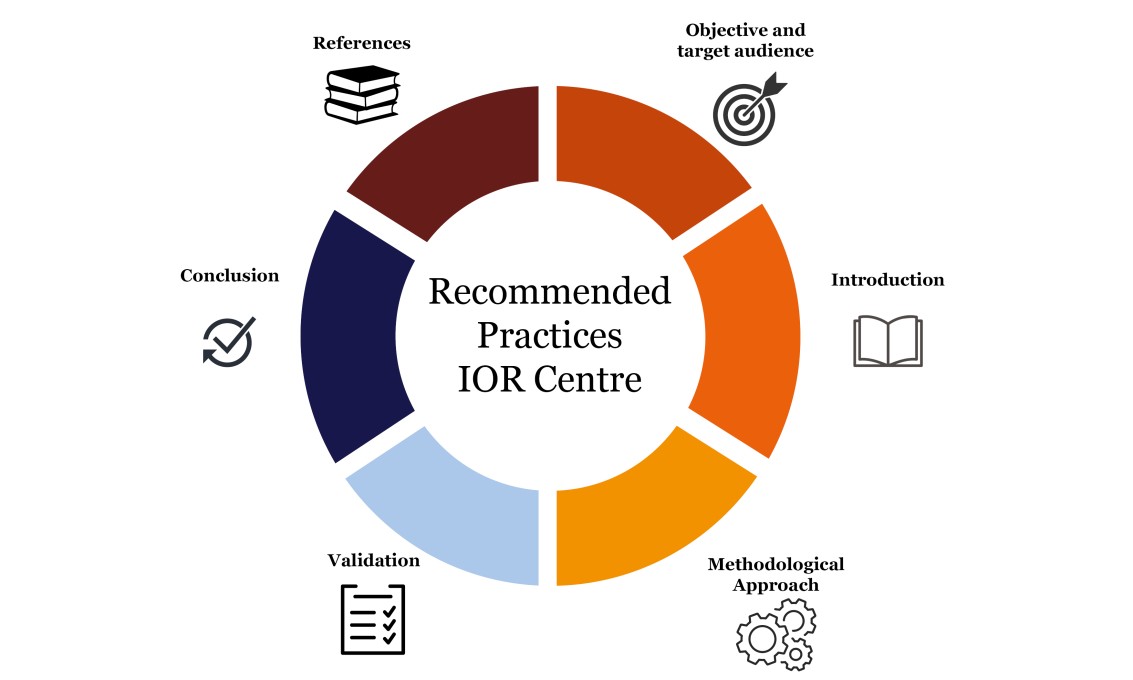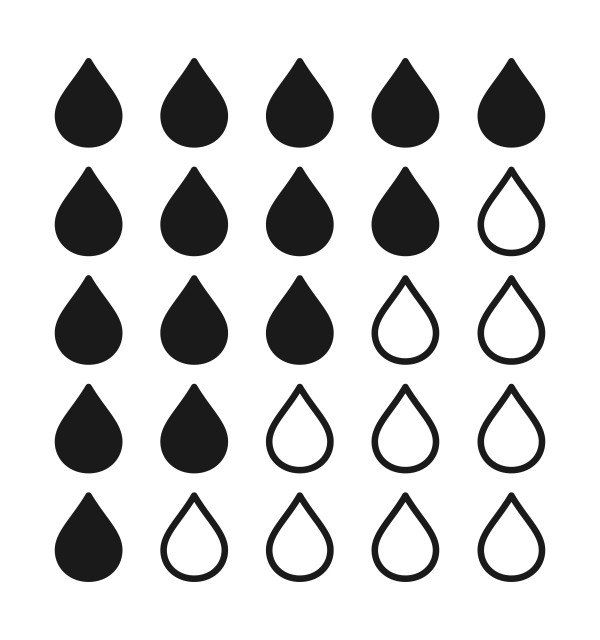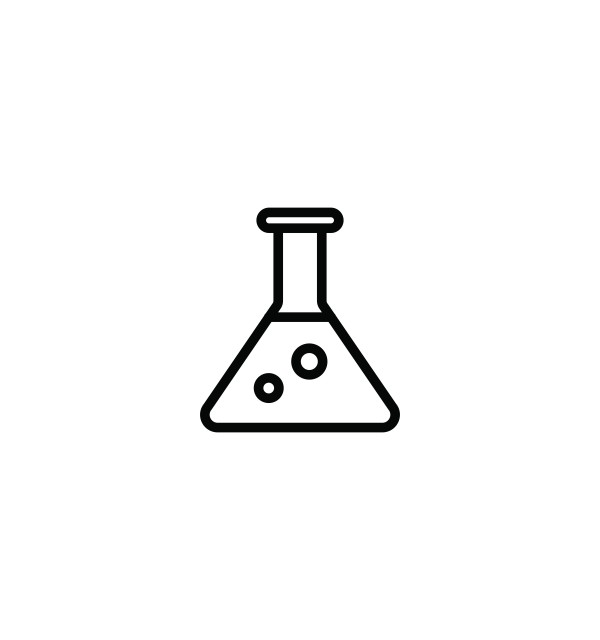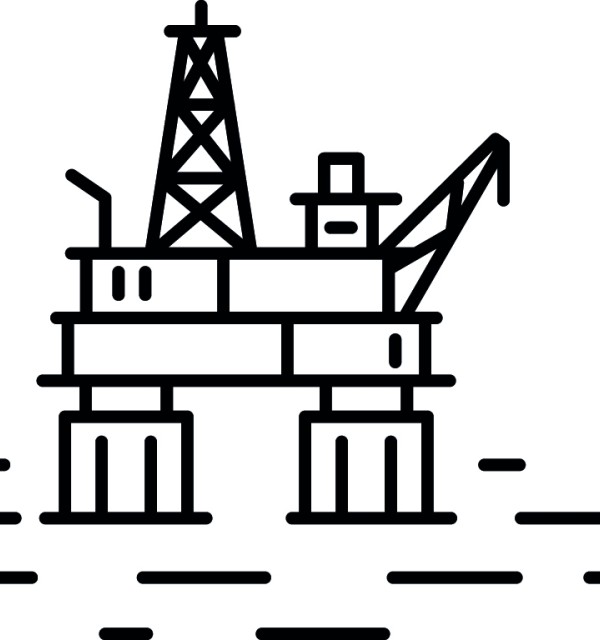In this page you will find recommended practices and tools developed at The National IOR Centre of Norway.
Ying Guo
NORCE & IFE
2014-2021
Recommended practices
In this section you will find 11 recommended practices developed by the IOR Centre researchers the last 8 years.
Delivery Forums
List of deliverables
- Core restoration
- Smart Water Flooding Part 1
- Smart Water Flooding Part 2
- Polymer Flooding - Lab scale
- Polymer Flooding - Simulation input parameters
- Polymer Flooding - Simulation Upscaling Workflow
- Workflow for adding 4D-seismic data
- Optimization EOR processes
- Tracer-based interwell Sormonitoring and evaluation of efficiency in EOR-methods
- Lanthanide-Complexed Esters for Single-Well SOR Measurements
- Environmental Risk Assessment (ERA)
IORCoreSim
- core scale IOR models
- include geochemistry to model Smart Water effects
- executable code and user manual
IORSim
- include geochemistry to model Smart Water effects
- executable code and user manual
BadChimp
- shear stress dependent polymer models
- source code available on git hub
- documentation of program setup and execution
- test cases
- include geochemistry to model Smart Water effects
- polymer models
- well model for mechanical degradation
- fracture flow modeling in release version and manual
1.1.3 Wettability estimation by oil adsorption
1.1.4 Core scale modeling of EOR transport mechanisms
1.1.5 Application of metallic nanoparticles for enhanced heavy oil recovery
1.1.8 Flow of non-Newtonian fluids in porous media (PhD candidate resigned)
1.1.11 Permeability and stress state
1.2.1 Micro- and nano-analytical methods for EOR
1.2.3 Applying the analytical toolbox to specific EOR related experiments to enhance oil recovery and to assist upscaling (PhD thesis expected in 2022)
1.3.5 Experimental investigation of fluid chemistry effect on adhesive properties of calcite grains
1.3.6 Development of a simulation tool for complex non-Newtonian fluid flow (PhD thesis expected in 2022)
1.4.2 Environmental fate and effect of EOR polymers (PhD thesis expected in 2022)
1.4.4 Smart Water for EOR by Membranes
1.4.5 Polymer rheology at micro- and Darcy scale
1.4.6 Risk Management / ERA (PhD thesis expected in 2022)
2.5.4 Nanoparticle tracers for petroleum reservoir studies (PhD thesis expected in 2022)
2.6.1 Numerical Modelling of Gas Production and CO2 Injection in Tight Shale Reservoirs for Enhanced Gas Recovery (part of Adding more physics, chemistry and and geological realism into the reservoir simulator)
2.6.2 Advanced Numerical Methods for Compositional Flow Applied to Field Scale Reservoir Models (PhD thesis expected in 2022)
2.6.3 CO2 Foam EOR Field Pilots
2.7.2 Robust production optimization
2.7.3 Statistical Technique in Reducing Negative Connotation of Ensemble Based Optimization and its Application in Enhanced Oil Recovery (PhD thesis expected in 2022)
2.7.8 Elastic full-waveform inversion (PhD thesis expected in 2022)
2.7.10 The Value of Data and Data Analytics for IOR Operations (PhD thesis expected in 2022)
2.7.11 Data assimilation using 4D seismic and tracer data (PhD thesis expected in 2022)
2.7.12 Reservoir Optimization and Model Evaluation
2.7.13 4D seismic frequency-dependent AVO inversion to predict saturation-pressure changes (PhD thesis expected in 2022)
2.7.14 Integrated Geological, Geophysical, Reservoir, and decision analysis of the Edvard Grieg Field, Utsira High, North Sea (PhD candidate resigned)
1.1.9 Integrated EOR for heterogeneous reservoirs (postdoc project)
1.1.13 Reservoir wettability and its effect on water-based recovery processes (postdoc report)
1.1.14 Mineralogical influence on reservoir wetting and Smart Water EOR processes (preliminary postdoc report)
1.1.15 Upscaling of Polymer and Smart Water Processes (preliminary postdoc report)
1.3.2 Improved oil recovery molecular processes (postdoc project)
1.3.4 Description of the rheological properties of complex fluids based on the kinetic theory (postdoc project)
1.4.7 Improve IOR models in IORSim (preliminary postdoc report)
2.5.1 Development and testing of nanoparticles as tailor-made tracers for improved reservoir description and for measurement of defined reservoir properties (postdoc project)
2.5.2 Single-Well Chemical Tracer Technology, SWCTT, for measurement of SOR and efficiency of EOR methods (postdoc project)
2.6.1 Adding more physics, chemistry and geological realism into the reservoir simulator
Final Post Doc Project Report, Pål Østebø Andersen
Final Post Doc Project Report, Trine Solberg Mykkeltvedt
Final Post Doc Project Report, Runar Berge
Final Post Doc Report, Birane Kane
2.6.4 Upscaling of chemo-mechanical compaction to field scale models (Post Doc project)
2.7.6 Data assimilation using 4-D seismic data (postdoc project TNO)
2.7.9 IOR Pilot Projects – Learning by Doing (preliminary postdoc report)
Task 1
- DOUCS – Deliverable of an Unbeatable Core Scale Simulator (manual and presentation)
- Core plug preparation procedures
- From SCAL to EOR
- EOR screening and possible application on the NCS
- Incorporating compaction into fluid EOR characterization potential
- Review of experimental data and building a prototype of ‘IRIS lab’ database
Task 2: Quantitative SEM micrograph image analysis
Task 3
- Pore scale simulation of multiphase flow in an evolving pore scale (preliminary final report)
- Micro-scale simulation of viscoelastic polymer solutions
- Three-dimensional imaging and pore-scale modelling of carbonate rocks
- Emulsions in Porous Media (Filtration of Emulsions Part 1 and Part 2)
Task 4
- IORSim – IOR chemistry simulator coupled to commercial reservoir simulator / user guide
- Large scale yard test and supporting lab activities
- Lab scale experiments to support large-scale test
- Large Scale Polymer Shear Degradation Test
- Halliburton IOR Testing on Thermo-thickening Associative Polymers
- On the use of thermo-thickening polymers for in-depth mobility control
- Coordinating Upscaling Workflow
Task 5: Postdoc 1a: SWTT on nanoparticles, C-dots
Task 7
- Production optimization + Supplementary report to the recommended practices: Translation of IORCoreSim polymer model into Eclipse
- Data assimilation using 4D seismic data
- Interpretation of 4D seismic for compacting reservoirs
- 4D seismic and tracer data for coupled geomechanical/ reservoir flow models and Calibrating the overburden model with time-lapse data
- Improved History Matching under changing wettability
- Evaluation of economic potential
- Reservoir complexity and recovery potential
